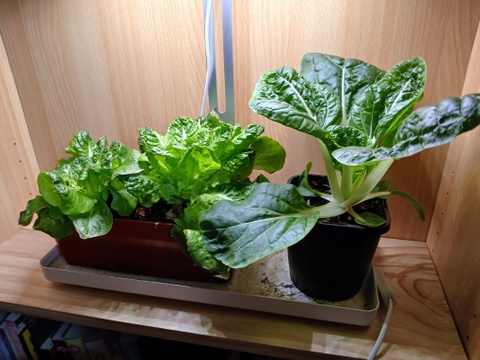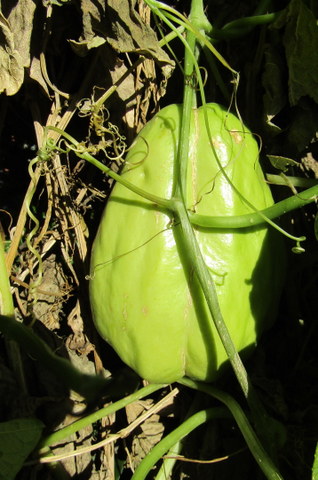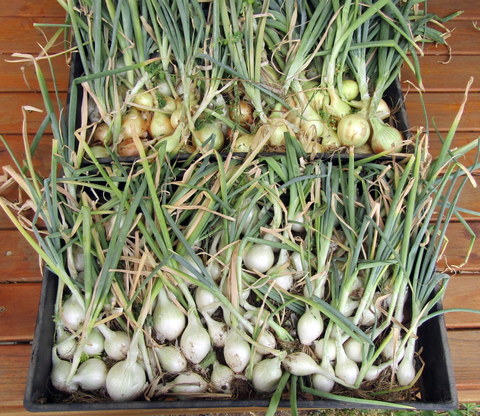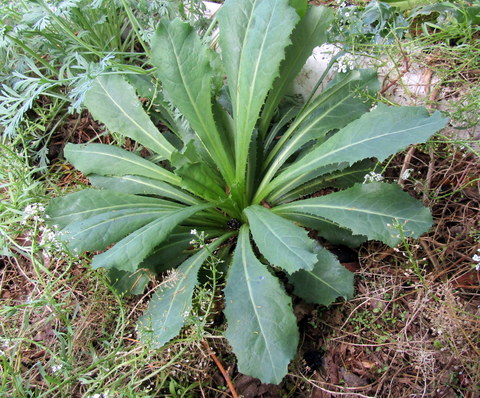Obtain a Yield: “You can’t work on an empty stomach” Ensure that systems provide useful and tangible benefits.
We obtain our food yields from perennials in the form of fruit trees, herbs and perennial vegetables as well as annual vegetables.
Our annual vegetables are sown twice a month and through succession planting provide a mostly continuous harvest, although there are times of the year when harvests can be reduced. An example of this is in autumn when the warm season vegetable harvests are coming to an end and cool season crops have not yet ramped up. During this ‘hungry gap’ some perennial vegetable species such as chokoes and Jerusalem artichokes provide a yield.
A similar gap can occur for some vegetable species in the early to mid summer when the first high temperatures occur. This results in some vegetables, like lettuce and bok choi, that are providing a yield at that time to bolt to seed, and the growth of plants in the ground but not yet yielding to slow down, reducing yields again. One way around this being experimented with at the moment is to grow these vegetables indoors under lights, making use of solar generated electricity. Vegetables grown this way are less affected by external temperature fluctuations.

In general terms our system is set up to provide an ongoing harvest of vegetables rather than gluts which are then stored or preserved. There are some exceptions to this rule such as production of corn (preserved by freezing), onions (stored for later use) and carrots, (stored in the soil).
Our annual vegetable system makes use of a chook tractor which not only provides eggs but also maintains fertility in the soil by incorporation of their manure and removes weeds and vegetable residues.

Hardy and self-reliant weed species (perennial and annual) such as sow thistle, wild lettuce, dandelion and mallow, are harvested from areas of the yard that are not used for intensive production. They do not require cultivation and provide a yield with little to no input and are consumed in dishes along with cultivated vegetables, increasing yields with little effort. These areas also provide space for recreation and play, as well as providing green material for composting.
Prickly Lettuce (lactuca serriola), one of our favourites!
To maximise the yield of fruit through the year, a fruit harvest calendar has been developed to identify times when no fruits are available and fill them where space allows. We tend to get the most fruit in our area from citrus, bananas and mulberries with contribution from feijoa an nectarine.

In previous years we have obtained a yield from hard rubbish collections that have provided things like containers, furniture and construction raw materials. However, in recent times we have had to scale back due to space restrictions and only pick up such yields to raw materials for existing projects.





